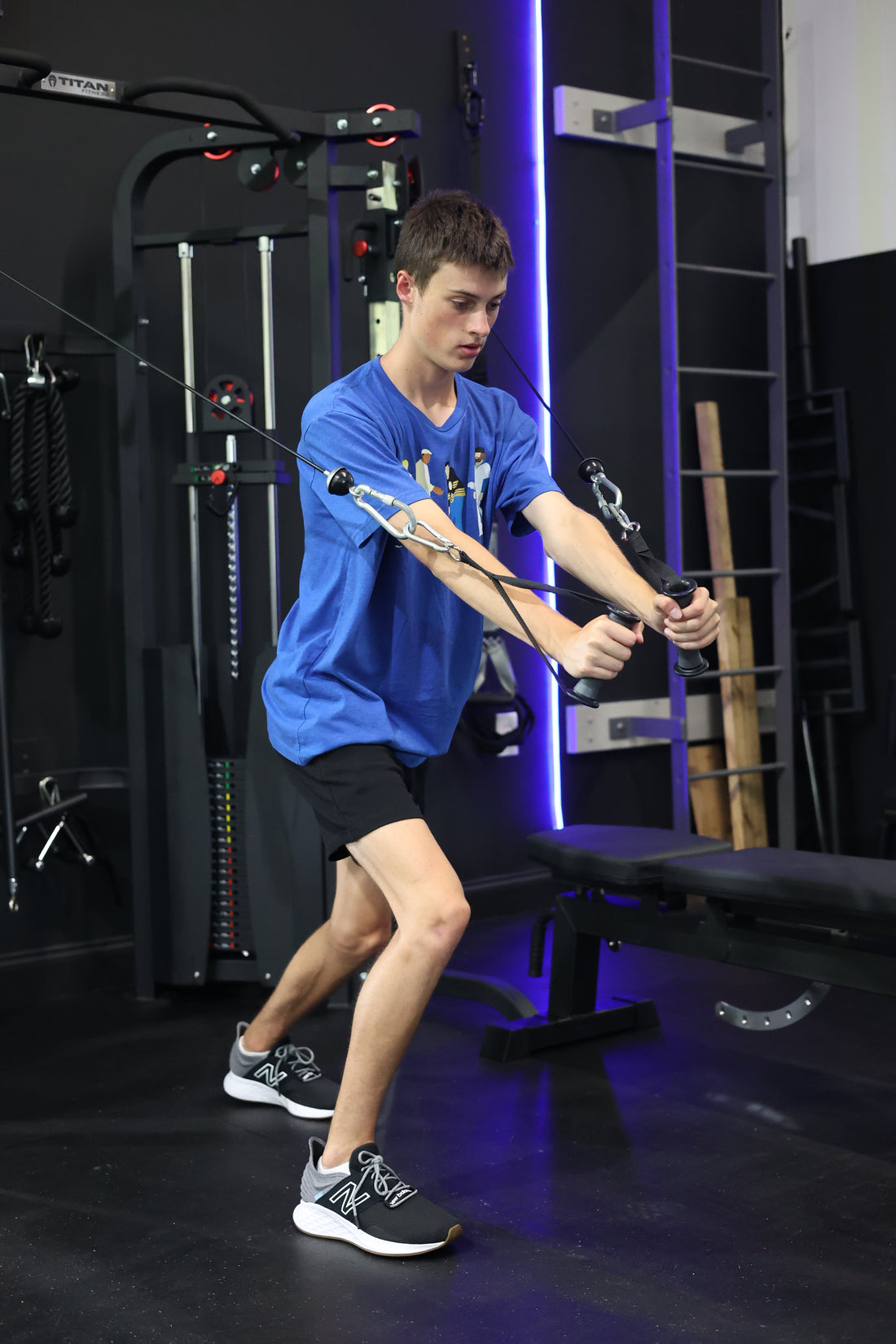
Maximizing Results
Understanding Exercise Selection for Athletic Performance

The Science Behind Exercise Selection
In the world of athletic performance, exercise selection is not just a random assortment of movements. It is backed by scientific principles that drive specific outcomes. Understanding the physiological foundations behind exercise selection is crucial for athletes aiming to maximize their results. When trainers design training programs, they consider muscle groups, movement patterns, and energy systems that are relevant to each sport. By tailoring exercises to target specific areas, athletes can optimize their performance and enhance their overall capabilities on the field.
Building Strength and Power

One of the primary objectives in athletic training is developing strength and power. Exercises like squats, deadlifts, and Olympic lifts play a fundamental role in building lower body strength and power. These compound movements engage multiple muscle groups, promoting functional strength that directly translates to athletic performance. Choosing to add these exercises into their training routine, athletes can enhance their speed, explosiveness, and overall power output. Although there are some misconceptions, heavy lifting is safe and beneficial for prepared athletes, as it contributes to their ability to generate force and excel in their respective sports.
Enhancing Speed and Agility

Speed and agility are critical components of athletic performance in numerous sports. Training drills that focus on sprinting, ladder exercises, and cone drills help improve an athlete's speed and agility on the field. These exercises enhance stride length, quickness, and change-of-direction abilities, allowing athletes to outperform their opponents. By incorporating speed and agility drills into the training regimen, athletes can gain a competitive edge and improve their overall performance in sports such as soccer, basketball, and football.
Developing Stability and Balance

Stability and balance are essential for athletes to maintain control and prevent injuries during dynamic movements. Exercises such as lunges, single-leg squats, and stability ball exercises contribute to developing stability and balance. These movements engage the core muscles, enhancing overall body control and proprioception. By implementing stability and balance exercises into their training routine, athletes can improve their body awareness, reduce the risk of injuries, and perform at their best during challenging situations on the field.
Enhancing Explosiveness and Vertical Jump

Explosiveness and vertical jump height are crucial in sports like basketball, volleyball, and many others. Plyometric exercises, including box jumps, depth jumps, and medicine ball throws, are key for developing explosive power. These exercises enhance the stretch-shortening cycle of muscles, enabling athletes to generate rapid force and power. By incorporating plyometric training into their routine, athletes can improve their ability to explode off the ground, outperform opponents, and reach new heights in their sports.
Endurance and Conditioning
Endurance and conditioning are essential aspects of athletic performance, especially in sports that demand prolonged effort. Cardiovascular exercises, interval training, and sport-specific conditioning drills contribute to developing endurance. These exercises improve cardiovascular fitness, enhance the body's ability to utilize oxygen, and boost overall stamina. By adding endurance and conditioning workouts into their training program, athletes can improve their ability to sustain performance, recover more efficiently, and excel in endurance-based sports such as soccer, distance running, and cycling.
Periodization and Long-Term Planning
Periodization is a crucial concept in athletic training that involves planning and organizing training phases to optimize performance and prevent stagnation. By varying exercise selection, volume, and intensity throughout different training periods, athletes can ensure consistent progress. Periodization allows for appropriate recovery, adaptation, and peak performance during competition. Long-term planning ensures that athletes can continue to improve over time while minimizing the risk of overtraining and injury. By implementing periodization principles into their training, athletes can achieve long-term success and reach their full potential.
Individualization and Progress Tracking

Athletes have unique needs, goals, and abilities. Individualization and customization is key to designing effective training programs. By tailoring exercise selection and intensity to each athlete's specific requirements, trainers can maximize results. Progress tracking is equally important, as it allows athletes to monitor their performance and adjust their training accordingly. By tracking metrics such as strength, speed, endurance, and skill development, athletes can gauge progress, identify areas for improvement, and stay motivated on their journey to peak performance.
Trust the process
Understanding exercise selection is vital for athletes aiming to maximize their performance. By putting focus the scientific principles behind exercise selection and incorporating targeted exercises into their training programs, athletes can optimize their strength, speed, agility, stability, explosiveness, endurance, and overall athletic performance. Through individualization, periodization, and progress tracking, athletes can continuously adapt and improve their training regimens. Athletes can unlock their full potential and achieve outstanding results on and off the field by implementing these strategies.
Tim Buckley
Creative Dynamic Sports Team
